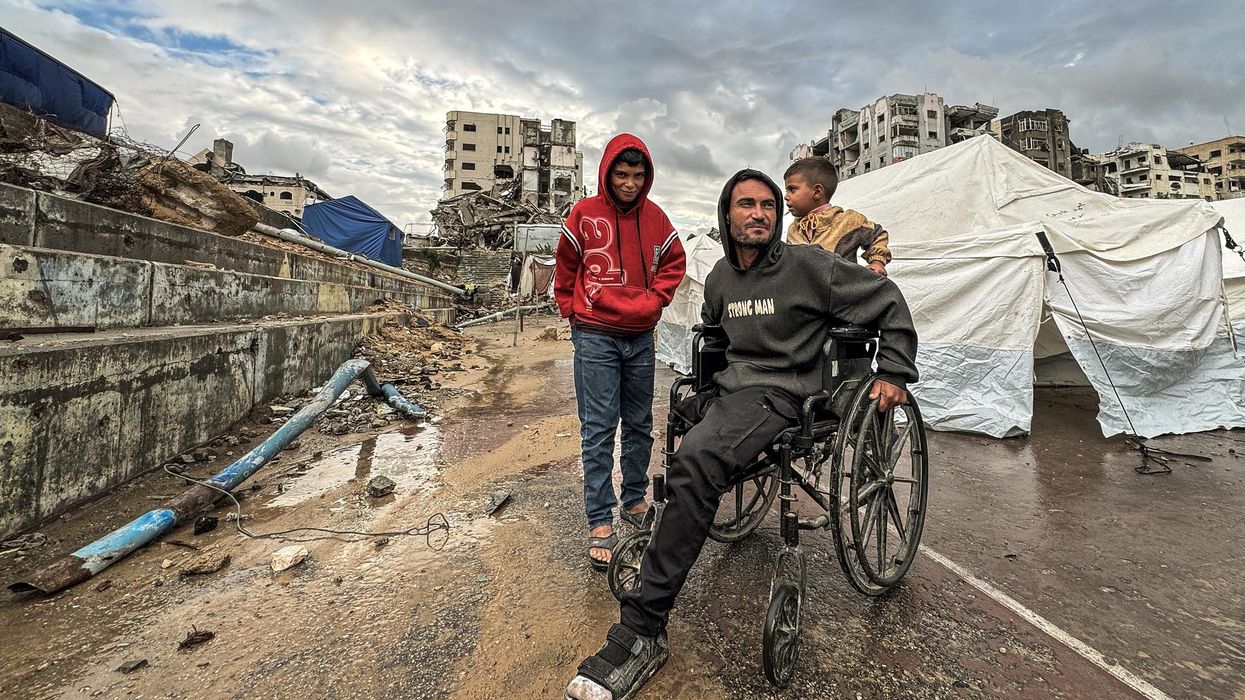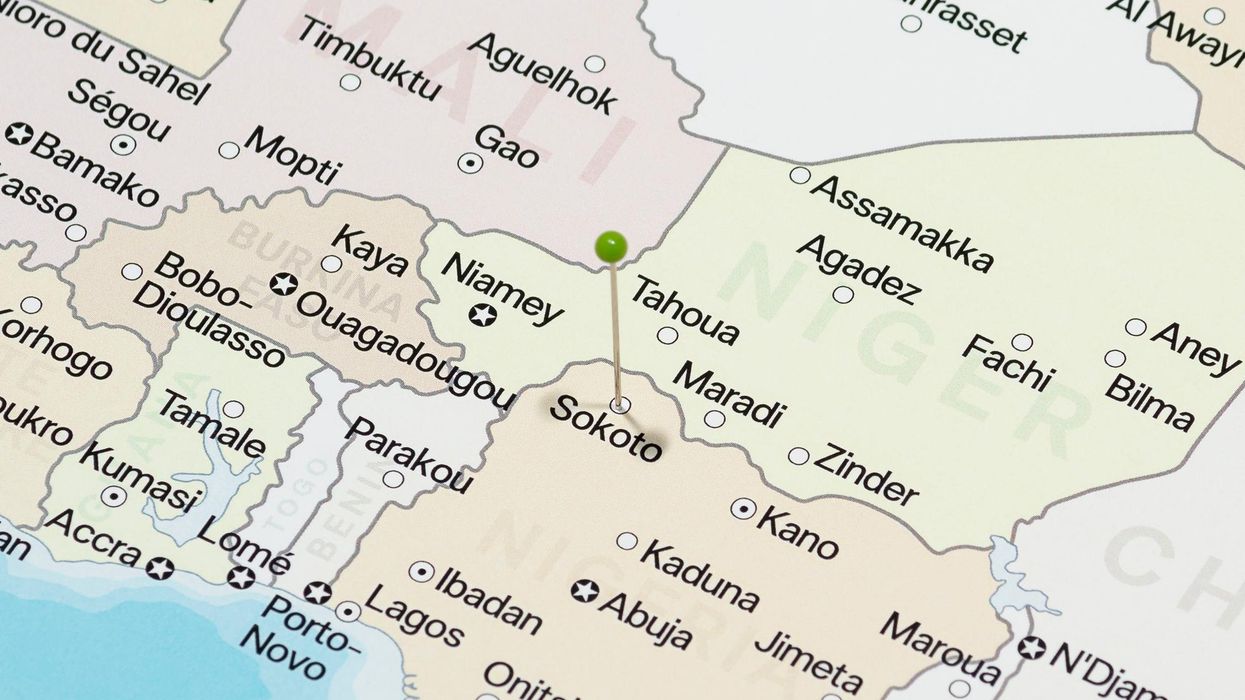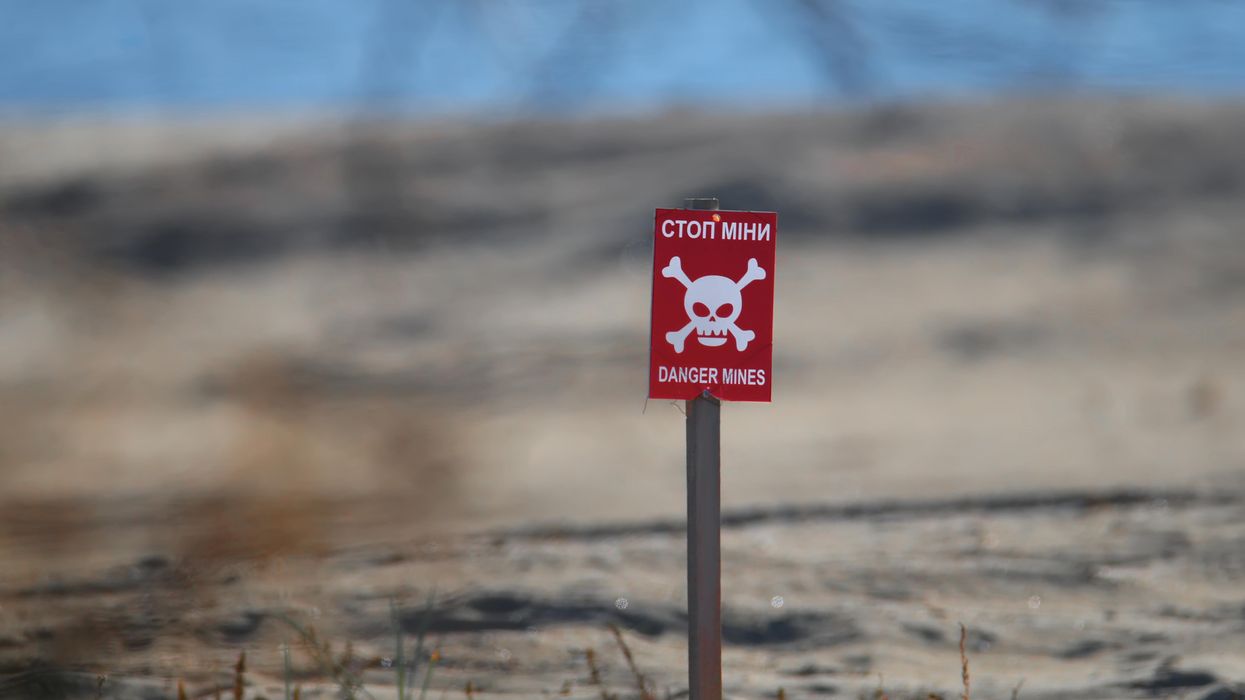The Islamic Republic must have a death wish. Faced with an abusive and out-of-control morality police force, the brutal and tragic death of the young Mahsa Amini, and an angry population, the response should have been obvious: appoint a commission to investigate (and whitewash); punish a few lower-level officials; and get the hated “guidance patrols” off the streets, where they have become the focus of popular grievance.
Instead, the authorities, oblivious to the obvious, declared war against their own people, answering protesters with bullets, bullies, and brutality. The result — affecting even Iran’s beloved national soccer team — has been a public and international disgrace for Iran, with widespread videos of thugs beating women and girls, and shooting children. The rulers seemed to have no answer other than to beat, imprison, and kill their own citizens, and to repeat the tired, empty rhetoric of “foreign plots.”
The sad reality is that the tight, privileged fraternity of Iranian clerics, who have monopolized power since 1979, have backed themselves into a corner. They see women without headscarves and the current uprising as a personal threat. The protesters are threatening the foundations of a system that has kept a few senior clergymen in their offices and villas, which, after so long a time, they have come to see as their prerogatives. As such, they have no response other than to arrest, club, and kill. They do not see what most of the world sees: brave young Iranians marching under the banner “Woman, Life, Freedom.” Instead they see (and fear) a movement that has tapped into deep currents of anti-clericalism in their society and threatens to take away their privileges and power.
For if Islam, particularly Shia Islam, has deep roots in Iran, so does resentment of clergymen, who are supposed to represent the people’s faith and uphold the values of its revered saints and martyrs. Although enlightened and progressive Iranian clergymen have been active in Iran’s political struggles, notably in the constitutional movement of the early 20th century, the stereotypical Iranian clergyman — known by the pejorative “akhund” — was rapacious, hypocritical, power-hungry, ignorant, greedy, and corrupt. He would use his position to accumulate wealth, property, and wives, and would condemn any critic as a heretic and unbeliever. He would exploit popular superstition and ignorance, claiming, as reportedly the Friday preacher of Isfahan did, that the drying of the city’s beautiful river was caused by unveiled women walking near its banks.
When Ayatollah Khomeini was fashioning his coalition that would eventually overthrow Iran’s Pahlavi monarchy, he was well aware of this stereotype and of how dangerous it was for his revolutionary movement. Early in his career, in imitation of his teacher Abd al-Karim Ha’eri, he chose a simple and ascetic lifestyle that belied the negative stereotype and put him on a level with ordinary Iranians. He was content to sit on the floor and make a meal of bread and yoghurt. He developed a reputation for incorruptibility, a rare and powerful trait among Iranian politicians. Others might be vulnerable to charges of selling themselves to a foreign power. With Khomeini, such an allegation was inconceivable.
Khomeini’s own works reveal a constant battle against anti-clericalism. As early as 1942, in his polemic Kashf al-Asrar, he attacks those Iranians — including the so-called “Islamic reformers” — who abetted Reza Shah Pahlavi’s campaign against the clergy, a campaign that stripped it of control of Iran’s justice and education systems. He warned his audience that, even after the departure of Reza Shah, those who supported his undermining the clergy remained active and dangerous. Echoing earlier clerical opposition to the Iranian constitution, he denounced “constitutionalism” as a foreign plot to undermine the clergy.
Khomeini continued this battle through the revolution and the early years of the Islamic Republic. He remained suspicious of Islamic reformers and modernists, such as the sociologist Dr. Ali Shariati, whose message he read as minimizing the traditional role of the clergy and ridiculing its obsession with rules and ceremonies. Khomeini’s own vision of an Islamic state run by those learned in the law left no room for reformers, secular politicians, or thinkers. In the early 1970s, he watched with dismay as the charismatic Shariati drew crowds of young followers and overshadowed Khomeini’s clerical favorite, Morteza Motahhari, for speeches at Tehran’s Hoseiniyeh Ershad.
By 1979, Shariati had died, but Khomeini’s hostility to anything smelling of anti-clericalism intensified. He detested the Mojahedin-e-Khalq members for their anti-clericalism and feminism, attacking them as jujeh-komunist (baby communists). In that year a shadowy group called Forqan, whose ideology included violent anti-clericalism, assassinated Ayatollahs Motahhari and Mohammad Mofatteh, both of whom had worked closely with key Khomeini allies to spread his ideas of clerical leadership.
Khomeini and his allies fought against another strong current in Iranian culture: the love of pleasure in dance, music, love poetry, and wine. Seven centuries earlier, the beloved poet Hafez, in some of his most exquisite verses, ridiculed the “selfish ascetics” who would close the centers of pleasure and force people to follow the most rigid strictures of religion. “Hypocrites” was Hafez’s mildest criticism. Centuries after his death, Hafez’s anti-clerical message continues to resonate.
In the 1980s, with Khomeini’s blessing, the two campaigns — against deep-rooted hedonism and anti-clericalism — brought the infamous gasht-e-ershaad (guidance patrols) onto the streets of Iranian cities to impose the most extreme version of what constituted proper “Islamic behavior.” Their mission quickly expanded from “guidance” to harassment of those whose dress, hair style, behavior, or taste in music did not conform to whatever the patrols thought appropriate. Walking too fast, showing a few strands of hair, wearing stockings too thin or trousers too tight all became pretext for the patrols, with their particular obsession with women’s behavior, to harass and humiliate their fellow citizens.
The eighties are long gone, and Iranian society is now young, creative, and well-educated, with young women taking the lead in numerous fields. Some political figures, to one degree or another, seemed to recognize the changes and understood that what worked 40 years ago, when Khomeini’s word was law and when anyone who questioned it was crushed, no longer made sense in a different Iran.
But the old guard of aging clerics who had held power since 1979 was not going quietly. They saw new standards in behavior, art, dress, music, and cinema. And what they saw they neither understood nor liked. Despite fulminating against foreign influence, in reality they saw these new norms as a re-emergence of the same native Iranian hedonism and anti-clericalism that Hafez had celebrated and which Khomeini had considered a mortal threat.
In their obliviousness to the changes in Iranian society, in recent years the old guard, in an attempt to resurrect its glory days of the 1980s, again unleashed the hated morality patrols on a people who were no longer going to accept them. The resulting clash was inevitable. In September 2022 these patrols detained the young Mahsa Amini for some purported impropriety of dress. When she died in their custody, the country exploded. The protestors’ message is simple and powerful: “F… you and your rules!” But those in power will not hear, and can answer only with the bullet and the baton.
















